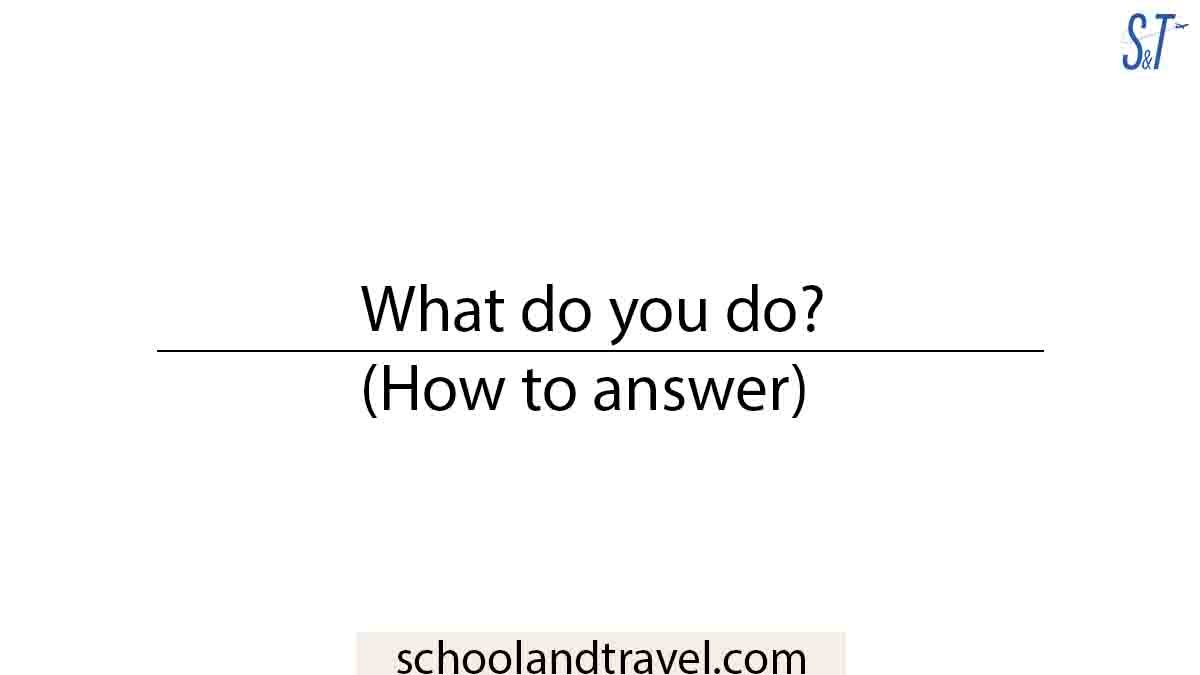Learning has been transformed dramatically to adapt to global phenomena as the world becomes more connected.
With technological advancements and increased mobility, students worldwide can broaden their horizons and gain a global perspective.
Societies must adapt to the ever-changing world to ensure that learners and teachers of tomorrow adapt to new educational approaches.
This will help prepare them for the challenges of a modernized education system.
The concept of education beyond borders emphasizes the importance of societies gaining knowledge and skills that transcend beyond their surroundings.
This article looks into what education beyond borders is and highlights the benefits and challenges experienced in a globalized world.
The Globalization of Education
The globalization of education is defined by the internalization of educational practices on a global scale.
The interconnected education system is driven by evolving technology, transport, and communication.
A globalized education system provides students access to many opportunities and resources, such as international exchange programs and collaborative research projects.

Moreover, globalized learning promotes the movements of teachers of tomorrow across borders.
It means that the growing teacher shortage crisis will be a thing of the past as teachers embrace education beyond borders.
Teachers of tomorrow’s approach to tackling the teacher shortage ensures that all classrooms remain open.
Technology plays a crucial role in facilitating education beyond borders.
It has changed how learners and educators communicate and collaborate with others.
They can access vast learning materials and resources from around the world.
With just a few clicks, students can access information and explore the cultures and perspectives of others in different geographical locations.
In real time, students can communicate with peers from different cultural backgrounds through video conferencing, social media groups, and online platforms.
Educators and students can tap into collective intelligence to build cross-cultural understanding and address global issues.
Benefits of Education Beyond Borders
Education Beyond Borders focuses on integrating the current education system and global issues to enlarge students’ viewpoints so they can explore and find solutions to world problems.
The following are some benefits students and teachers can reap from education beyond borders.
Highly Qualified Teachers of Tomorrow
Globalization has allowed learners across different backgrounds to access highly qualified teachers with a wealth of experience and expertise in various subjects.
This access helps students better understand different subjects, especially those from schools with teacher shortages.
Promoting Cross-Cultural Experiences
Current educators, aspiring teachers, and students can engage in cross-cultural experiences.
They can travel and explore the history and culture of another country to expand their worldview.
Cross-cultural experiences help broaden their acknowledgment and appreciation of other people’s cultures.
Teachers of tomorrow can embrace education beyond borders, which various institutions have adopted.
Encouraging Learning by Doing
Traditional teaching methods have been heavily criticized for not molding students to be proactive members of society for years.
These methods teach irrelevant material. The ever-changing world is encouraging students to learn by doing.
Instead of memorizing reading material, teachers urge students to use what they have learned to solve issues around them.
Additionally, since most millennials prefer learning by doing, Teachers of the future incorporate experiential learning resources into their curriculum.
For instance, the MIT Media Lab unites students from various disciplines into research groups to handle several projects that solve current world issues.
Impress Universities and Employers
Globalization of education gives students skills and experience in dealing with issues of the international environment.
Employers prefer such individuals because of their transferable learning skills and strong collaboration abilities.
Figures from the Institute of International Education (IIE-) revealed that between 90% and 95% of students with a background in international education found work within six months after finishing school.

How to Promote Education Beyond Borders
As societies are grappling to adapt to education beyond borders to keep up with the modern world, it has faced myriad challenges such as:
- Language and communication barrier.
- Lack of technological infrastructure.
- Socioeconomic disparities.
So, what should societies do to promote education beyond borders?
Education systems should consider integrating global perspectives into their curriculum to navigate the changes of a modernized world.
Additionally, they can encourage collaboration with international partners about different learning projects.
International partners could offer virtual exchange programs and other learning platforms that can benefit students in marginalized communities.
Conclusion
Globalization has made it easier for teachers of tomorrow and students alike to learn beyond borders.
It has allowed individuals to acquire the necessary skills and training to deal with issues of the modern world.
For these reasons, societies yet to embrace education borders should do so immediately.
By integrating a global perspective into the school’s curriculum and collaborating with international partners, societies can achieve their dreams of education beyond borders.
Awesome one; I hope this article answers your question.
Editor’s Recommendations:
- How To Get ASE Certification (Benefits, Steps, FAQs)
- 9 Best Certifications For Remote Jobs (Tips, FAQs)
- How To Become A CIMI (Certification, Cost, FAQs)
- 15 Free Online Government Certifications In 2023 (FAQs)
- Post-doctoral Certificate (Meaning, duration, careers)
- Bonafide Certificate (Meaning, Types, Uses, Application)
- What is 19A Certification? How to Get (Steps, Renew, FAQs)
- What is RA Certification? How to Get it (Benefits, FAQs)
If you find this article good, please share it with a friend.






